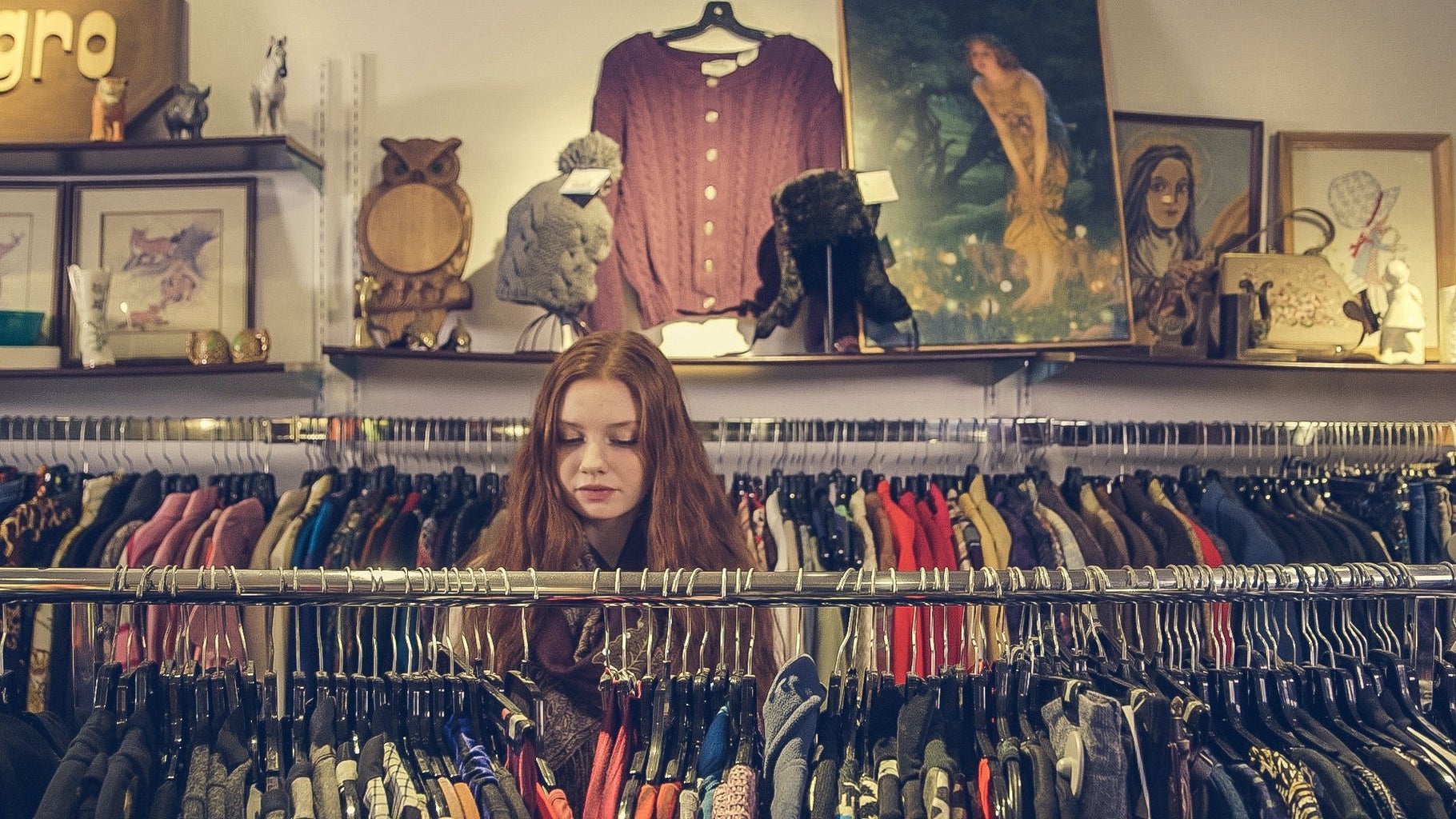As global warming becomes a more prominent issue every day, Gen Z and Millennials are scouring ways to minimize their carbon footprint in the world. Thrifting is one of the most popular and accessible practices millions of young people have adopted in order to lead a more sustainable lifestyle.
Thrifting content and encouragement have taken over almost every corner of social media apps, from TikTok to Instagram to YouTube. What better way to save the planet than by hanging out with friends while finding cute and retro pieces for a low price?
While my friends and I are no strangers to planning thrifting hang-out sessions every once in a while, I cannot help but feel weirdly apprehensive every time I hear someone rave about their new favorite thrift finds and stores. Where was this great enthusiasm and love for thrifting five, ten years ago?
Coming from a low-income household, my family and I have shopped at thrift stores for as long as I can remember. Many of my back-to-school outfits were a product of Goodwill visits. Like many other kids without enough money to spend at stores like Aeropostale and the Gap, I was shopping in thrift stores way before they were a trendy and cool way to save the planet and money. Even five years ago, thrifting did not have the same positive connotations it has today. Instead, thrift shopping was considered dirty and cheap. I will never forget when one of my friends asked me where I bought a shirt she liked. I answered, “The thrift store,” to which she responded, “Ew, you shop there?”
The new interest in thrifting has brought more attention to thrift stores, which have taken advantage of the recent flux of customers by raising their prices. These local thrift shops where many low-income individuals buy affordable clothing have become as pricy as stores in the mall. I recently visited my go-to thrift store and was surprised to find the price of a very simple shirt priced at twenty dollars. Most people can easily buy a new shirt at Forever 21 for half the price, but there are still many who do not have that luxury.
My intention is not to shame or judge the new wave of thrift shoppers. On the contrary, I find it extremely hopeful and proud to be part of a generation taking the initiative to fight against climate change in our everyday lives. However, I think it is vital to be conscious of how our new shopping patterns impact different groups of people. We must also reflect on our past opinions on thrift stores and understand why they changed. We must acknowledge our privilege in being able to shop both at department and thrift stores. Most importantly, we need to ensure that thrifting is not simply a new trend that can be dropped and forgotten about at any time. To truly combat global warming, we must adopt sustainable, long-term, and conscious practices.



